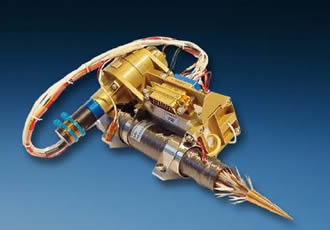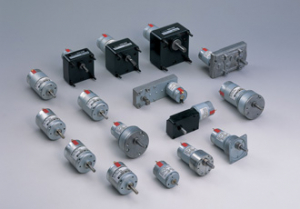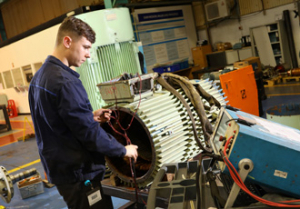How to catch a comet?

At the end of May 2014, the Rosetta space probe will swing into an orbit around the comet 67P/Churyumov‐Gerasimenko in order to map its surface and prepare for the landing of Philae. The 100kg ballistic lander is scheduled to land on the comet in November and – thanks to FAULHABER drives – securely position itself.
Landing on a comet – a manoeuvre which has never been performed before – is in many ways beset with difficulties. The search for a suitable place to land will be carried out on the basis of high resolution images of the comet's surface. These will only become available, however, after Rosetta has drawn within just a few kilometres of the comet. There is also little known about the exact composition of the surface of the comet. Ice and dust, fissures and craggy structures are factors in the chances for a safe landing. Accordingly, the Philae lander unit was conceived to handle the many eventualities.
One of the greatest challenges is the minimum gravity affecting 67P. There is indeed no risk that the probe could break apart upon landing, as it only weighs a few grams on the comet. Rather, the aim is to prevent Philae from bouncing off the planet again. In order to find firm footing on the surface and ensure this footing throughout the entire duration of the mission, a special anchor system was developed. Immediately after contacting the ground upon landing, two harpoons are shot by propellant charge into the surface of the comet and, to secure the lander, are then drawn taut by means of two cable winches, each one driven by a FAULHABER motor.
Thanks to FAULHABER's expertise with regard to applications in outer space, not only the harpoons but also a host of other systems of the lander are equipped with our drives. Thus, FAULHABER DC motors are at work in the instruments and experimental facility of Philae to exactly investigate the structure and composition of the comet surface and this way gain valuable insights into the origin and evolution of our solar system.
Similar articles
More from Dr. Fritz Faulhaber GmbH & Co. KG
- How to catch a comet? 14th November 2014
- New linear DC-Servomotors with Axial Connection, Series LM1247 and LM2070 13th August 2012
- The World´s Smallest Brushless Motor With Integrated Motion Controller 9th November 2010












Write a comment
No comments